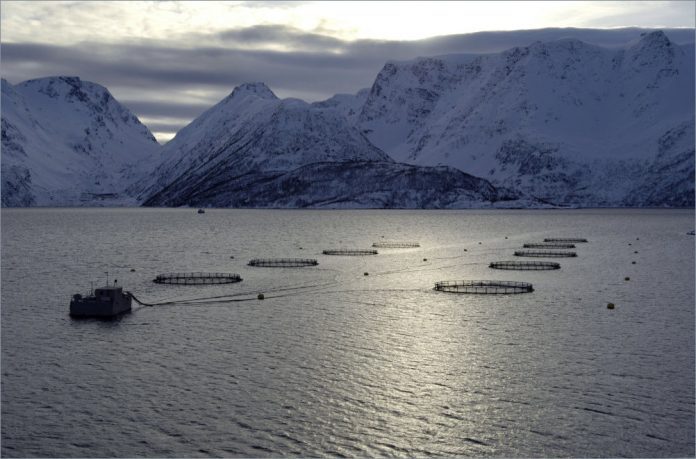Norway’s share of world salmon production has fallen 13 percentage points in seven years
“Mare Nostrum” — our sea — was the Roman name for the Mediterranean. It was their playground and central to empire.
For years, salmon-farming has very nearly been an especially Norwegian exercise. Salmon has been Norway’s own Empire of the Sea.

That empire has begun to shrink. In 2010, Norway produced 65.4 percent of the world’s farmed salmon. Last year, a SalmonBusiness survey revealed its market share has fallen to 52.7 percent.
For, while Norway’s salmon production has stopped up over the past five year, other producing countries took steps to put more fish in the sea.
New players
Australia, The Faroe Islands, Russia and Iceland are all countries that have shown an appetite for growth and ambitions in a market known to have little supply growth collectively along with high demand and earnings growth.
A unilateral decision to freeze production in market leader Norway has been political. The Stortinget, Norway’s parliament, has set out clear conditions and a framework for salmon production in the country’s fjords.
Stopping growth
Even a Centre-Right and normally market-friendly government a half-year into its second term is okay with this. It isn’t the fringe parties out on the Left that are stopping growth. Frequent petitions to government and regular demands on the introduction of enclosed grow-outs on land or sea haven’t changed the picture.
No, it’s been multiparty agreement — from the Centre (Agrarian) Party to the Progress Party — on what constitutes “peak” production that has seized the industry. In 2018, however, real growth is expected in Norway and out in the World.
That’s when we’ll see whether it’ll be the allowance of a little increase in Norway’s market share or growth abroad that runs fastest.
it’ll be the allowance of a little increase in Norway’s market share or growth abroad that runs fastest.


